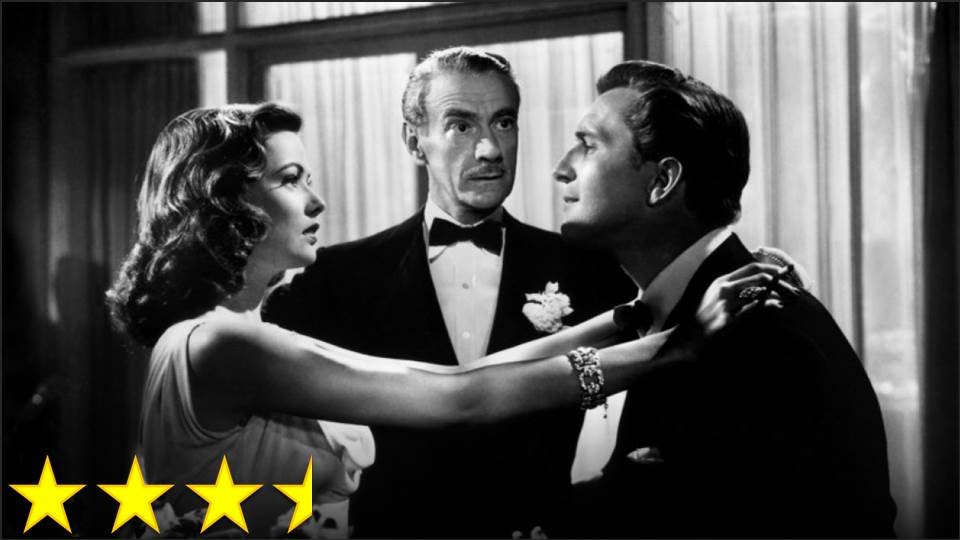MINOR SPOILER WARNING
While the exact list of what constitutes a “film noir” is always up for debate, I argue that one of the most under-recognized criteria is that weird and seemingly random moment that has the audience asking, “Where the heck did that come from?” This film clearly checks that box.
Structurally, Laura is not too unconventional, essentially relying on the three-act structure of most films, but to me it feels like two acts. This is because one twist in the story (which comes in around the 45-minute, placing it at the very middle of the film) is such a big game changer that it seems to suddenly turn the film in a totally different direction. It almost becomes a different kind of film, because the way I think about what the point of this movie is is determined by this twist. Perhaps more significantly, the first half of the film is just plain boring, whereas the second half is entirely captivating. I almost didn’t finish the film because, in spite of some great performances from this great cast, it wasn’t grabbing me after a half hour. Seeing as how this is now one of my favorite films in the mystery genre, I think it goes without saying that I’m awfully glad I stuck it out. (It’s also great to have one of the most famous films in the genre checked off my list, and to know the origins of the great David Raksin jazz song of the same name.)
What makes it an interesting movie, in my opinion, is the question of subjectivity. At this aforementioned turning point in the movie, the film grammar suggests that we’ve gone into a dream sequence. The problem is that we, the audience, don’t know for sure, so we’re spending the second half of the two movies trying to solve two mysteries at once: the murder mystery, and the question of whether or not the protagonist is dreaming. This makes the film an absolute joy from then on, with more twists and turns to up the hype, and an ending that offers great satisfaction for anyone with the patience to make it this far. Since this is one of the few famous films noir to have an almost permanent residence on Netflix (streaming), I highly suggest devoting 50 minutes to watching this movie – just 50 minutes – and anyone who isn’t hooked at that point can stop. On the other hand, anyone who does stick through the whole film gets to experience a great example of what one of the bigger-budget Hollywood films noir looks like, and that alone is worth the wait.





